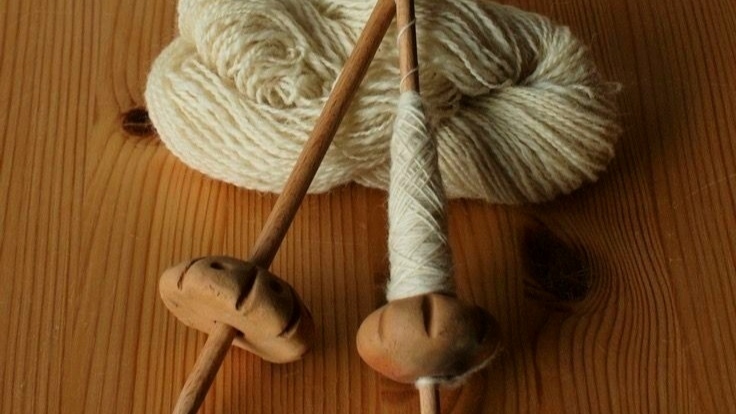Review of textile fibers
Textile fibers are the primary raw materials used in the production of yarns and fabrics, playing a fundamental role in the textile industry. These materials possess linear and elongated structures, and due to their suitable mechanical properties, they can be converted into yarns and subsequently into fabrics. Textile fibers are categorized into various groups based on their source, physical and chemical properties, and applications. This paper provides a comprehensive analysis of textile fibers, their classification, properties, and applications.
1. Definition of Textile Fibers
Textile fibers are materials characterized by a high length-to-diameter ratio, flexibility, and suitability for spinning and fabric production. The minimum required length for a material to be spun into yarn is typically 10 to 100 times its diameter.
2. Classification of Textile Fibers
Textile fibers are classified into three main categories based on their source, structure, and properties:
2.1. Natural Fibers
Natural fibers are derived from natural sources and are divided into two main subcategories:
Plant-Based Fibers: Extracted from various parts of plants.
Animal-Based Fibers: Obtained from the wool, hair, or secretions of animals.
2.1.1. Plant-Based Fibers
Cotton: Soft, moisture-absorbing fibers derived from the seed of the cotton plant.
Properties: Good strength, high moisture absorption, softness, and smoothness.
Applications: Clothing, household fabrics, towels.
Linen (Flax): Long, glossy fibers obtained from the flax plant's stem.
Properties: High strength, moisture-absorbing, heat-resistant.
Applications: Formal wear, tablecloths, curtains.
Jute: Coarse fibers extracted from the stem of the jute plant.
Properties: High rigidity, durability, biodegradable.
Applications: Sacks, ropes, carpets.
2.1.2. Animal-Based Fibers
Wool: Fibers obtained from the coats of animals such as sheep, goats, and camels.
Properties: Excellent thermal insulation, high moisture absorption, elasticity.
Applications: Winter clothing, carpets, blankets.
Silk: Fibers produced from the secretions of silkworms.
Properties: High softness, luster, good strength.
Applications: Luxury fabrics, ties, scarves.
2.2. Synthetic Fibers
Synthetic fibers are produced in laboratories or factories using chemical processes. These fibers are typically derived from petroleum derivatives and synthetic polymers.
2.2.1. Polyester
Properties: High strength, wrinkle resistance, low moisture absorption.
Applications: Sportswear, industrial clothing, curtains.
2.2.2. Nylon
Properties: High tensile strength, flexibility, abrasion resistance.
Applications: Stockings, ropes, parachutes.
2.2.3. Acrylic
Properties: Wool-like appearance, thermal insulation, lightweight.
Applications: Winter clothing, blankets, carpets.
2.2.4. Polypropylene
Properties: Chemical resistance, lightweight, low moisture absorption.
Applications: Carpets, technical textiles, ropes.
2.3. Regenerated Fibers
These fibers are produced by regenerating and processing natural materials. The raw materials are usually cellulose or proteins, which are chemically converted into fibers.
2.3.1. Rayon
Properties: High moisture absorption, luster, softness.
Applications: Clothing, household fabrics, sportswear.
2.3.2. Lyocell
Properties: Biodegradable, high strength, moisture-absorbing.
Applications: Clothing, household textiles, medical products.
2.3.3. Acetate
Properties: Luster, moderate moisture absorption, wrinkle resistance.
Applications: Luxury clothing, linings, pillowcases.
3. Key Properties of Textile Fibers
3.1. Physical Properties
Length: Fibers may be short (staple) or long (filament).
Fineness: The diameter of the fibers, which affects the softness and smoothness of the fabric.
Specific Gravity: Determines the weight of the fabric.
3.2. Mechanical Properties
Tensile Strength: The fiber's resistance to tensile forces.
Flexibility: The fiber's ability to bend without breaking.
Elasticity: The ability to return to the original length after stretching.
3.3. Chemical Properties
Chemical Resistance: The fiber's resistance to acids and alkalis.
Dyeability: The ability to absorb dyes and create uniform color.
3.4. Thermal Properties
Melting Point: The temperature at which fibers begin to decompose.
Heat Resistance: The ability to withstand high temperatures without deformation.
Textile fibers, as the primary raw material of the textile industry, significantly influence the quality, performance, and final applications of fabrics. The classification of fibers based on their sources and properties allows for the correct selection of materials for various applications. With technological advancements, the production of innovative fibers, such as smart and biodegradable fibers, is on the rise, paving the way for a promising future in the textile industry.

Comments :